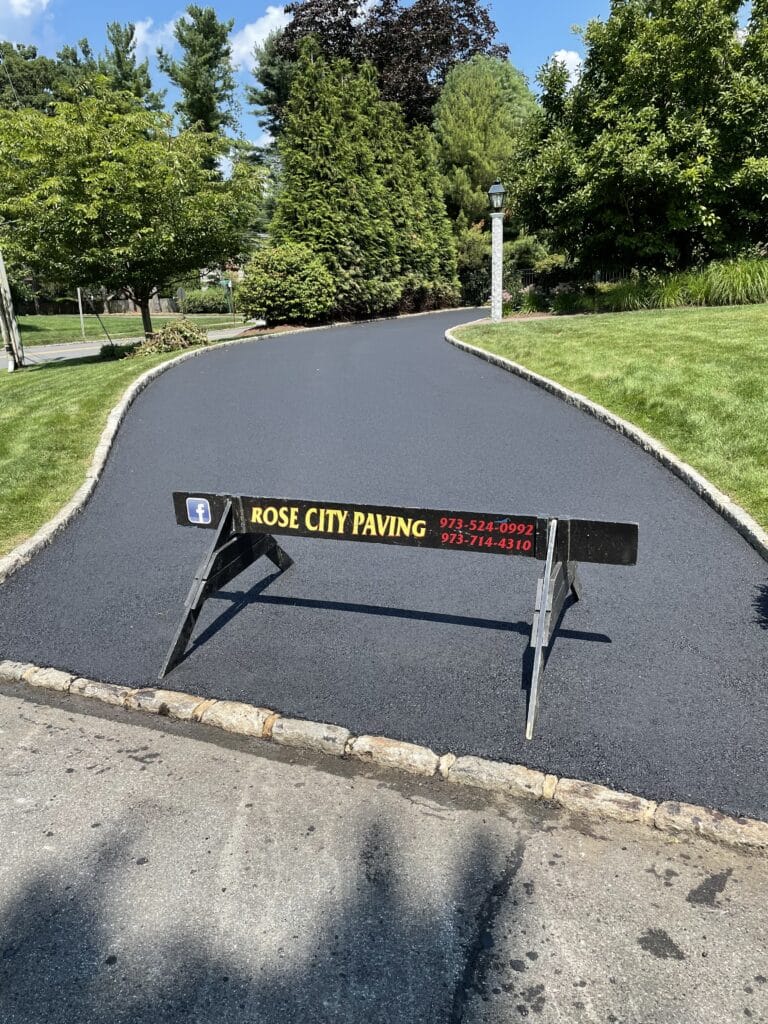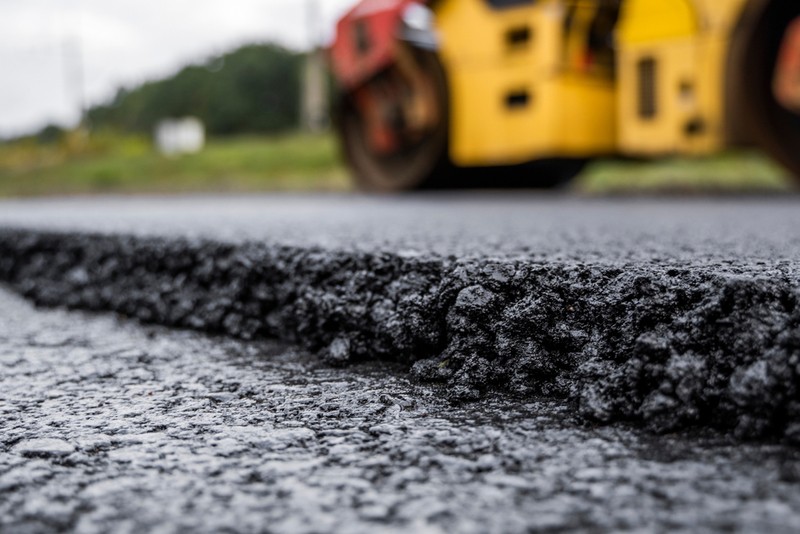Elevate Sidewalk Performance: Cold Mix Asphalt Sealing Methods
Elevate Sidewalk Performance: Cold Mix Asphalt Sealing Methods
Blog Article
Cold Mix Asphalt Vs. Hot Mix Asphalt: Which Is Right for You?

Composition Differences
Cold mix asphalt is generated by emulsifying the asphalt binder with water and an emulsifying representative prior to blending it with accumulation. The warm mix asphalt manufacturing procedure entails warming the accumulation and asphalt binder independently prior to incorporating them at the asphalt plant.
In addition, cold mix asphalt tends to be less thick and extra adaptable than warm mix asphalt. This adaptability makes it far better matched for locations with greater levels of movement, such as driveways or roads with hefty website traffic. In comparison, warm mix asphalt is understood for its high sturdiness and resistance to rutting and fracturing, making it a recommended selection for freeways and high-traffic roads where durability is vital.
Setup Process Variances
The process of setting up chilly mix and warm mix asphalt exhibits significant variances in their needs and treatments. In contrast, hot mix asphalt demands a more sophisticated installment process. Due to the heating demands, warm mix asphalt setups are normally carried out by experts with specific tools, guaranteeing a much more structurally sound and long-term outcome.
Durability and Durability Aspects
When taking into consideration asphalt options, resilience and long life are crucial aspects to review for long-term sidewalk performance. Warm mix asphalt (HMA) is recognized for its outstanding toughness and durability.
In regards to durability, HMA usually surpasses CMA as a result of its remarkable toughness and resistance buildings. HMA sidewalks have a longer life span, calling for less frequent repair services and maintenance, which can convert to cost financial savings over time. Additionally, HMA sidewalks are more conveniently customizable to fulfill particular task demands, better improving their durability.
Expense Factors To Consider
Thinking about the financial ramifications check my blog is a crucial element when reviewing the option in between hot mix asphalt (HMA) and chilly mix asphalt (CMA) for sidewalk projects. While the preliminary price of hot mix asphalt is commonly more than that of chilly mix asphalt, HMA usually provides a much more cost-efficient solution in the long run as a result of its superior sturdiness and long life. HMA is recognized for its ability to endure hefty website traffic loads page and severe climate condition, lowering the need for frequent repair work and upkeep. On the various other hand, cool mix asphalt is more affordable in advance however might need even more constant patching and resurfacing, bring about higher maintenance costs over time.
In enhancement to product expenses, it's important to take into consideration the costs linked with setup and upkeep when comparing HMA and CMA. Inevitably, the decision in between HMA and CMA should take into account not simply the initial cost yet also the long-lasting financial ramifications to establish the most economical alternative for the particular sidewalk project.
Environmental Effect Contrast
Contrast of the ecological impacts in between hot mix asphalt (HMA) and cool mix asphalt (CMA) reveals learn this here now distinctive distinctions in sustainability techniques. HMA manufacturing calls for high temperature levels, leading to increased energy usage and greenhouse gas discharges.
Additionally, the use of CMA frequently entails reusing existing asphalt pavement, advertising resource preservation and minimizing the amount of waste sent out to garbage dumps. By opting for CMA over HMA, roadway building projects can add positively to ecological conservation initiatives.
Conclusion
To conclude, the choice between cool mix asphalt (CMA) and warm mix asphalt (HMA) depends on different variables such as structure, installment process, resilience, long life, cost, and environmental influence. angle parking. While CMA uses a cost-efficient and quick service for small fixings, HMA guarantees remarkable durability and durability for heavy web traffic locations. Take into consideration these factors thoroughly to establish which sort of asphalt is the right option for your paving needs

Taking into consideration the monetary effects is an important facet when assessing the selection between warm mix asphalt (HMA) and cold mix asphalt (CMA) for pavement tasks. While the initial expense of warm mix asphalt is generally greater than that of cool mix asphalt, HMA frequently supplies a more economical remedy in the long run due to its exceptional longevity and longevity. angle parking.Contrast of the ecological impacts between hot mix asphalt (HMA) and chilly mix asphalt (CMA) discloses distinctive distinctions in sustainability practices.In final thought, the option in between cool mix asphalt (CMA) and warm mix asphalt (HMA) depends on various elements such as structure, setup procedure, longevity, long life, expense, and ecological impact
Report this page